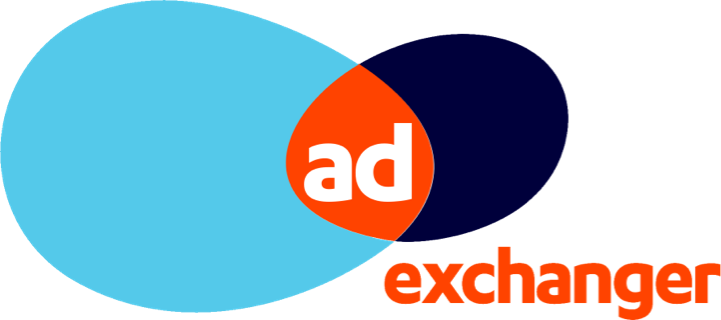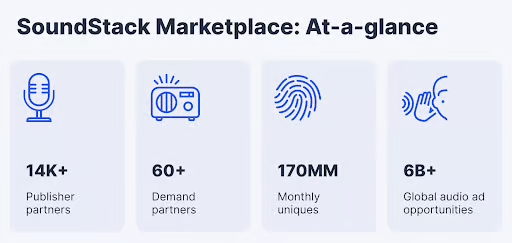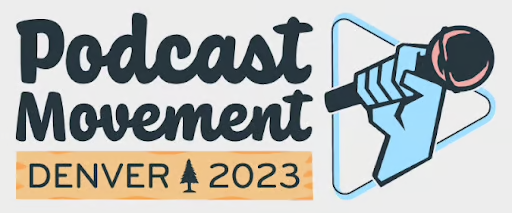
Programmatic in perspective at Podcast Movement - The Short Stack
Friends,
There’s bound to be a lot of chatter around programmatic advertising at this year’s Podcast Movement.
From formal sessions to casual chit-chat, opinions around how well the oft-debated channel delivers results, which inventory should be made available and for how much, and the like, will be as plentiful as micro breweries in Denver.
Debates around programmatic started as soon as it emerged in its modern form, roughly 20 years ago. The early objection was simple: if a salesperson could consistently sell a premium ad to Tiffany’s on The New York Times home page for a lot of money, why would they open up inventory in a bidded marketplace? The answers? Is anyone really 100% sold? And many still had a lot of inventory to monetize.
The market grew and new flavors of programmatic – private marketplaces, “programmatic direct,” and more – made decisions around the best way to sell all of your inventory much more complex.
But the big point was always the same. Programmatic is, and was always meant to be, a complement to publishers’ other ad products. If you are, or represent, a huge podcast, and can consistently sell to a big buyer for big revenue, great. But if, in parallel, you can also offer up the ears of millions in a marketplace of advertisers willing to pay for them? That's just being smart about covering all of your bases.
A lot of the market gets it. “It’s about choice and control … every single upfront deal this year will have programmatic at its core,” said Disney Advertising President Rita Ferro.
But the conversation clearly needs to continue to ensure that more people also get the particulars of more profitable programmatic. It’s not remnant. It’s smart business.
Our panel at the show – including iHeartMedia, Bonneville, Katz Digital, and AdLarge – will add a lot of intelligence. See you on Tuesday, 8/22 at 10:30!
Best,
 Mike Reznick , President & COO
Mike Reznick , President & COO 

Dentsu, one of the world’s largest media agencies, released a historic, first-ever study of media attentiveness…audio’s scores are +128% stronger than TV, and it generates 14% higher brand recall than online video and display.

The goal is to offer the same targeting capabilities programmatically as it already does directly … advertisers will be able to choose theaters based on region, city or ZIP code, including individual locations. They’ll also be able to buy (or exclude) inventory based on genre and movie title.


In the spirit of Mike’s note above, and in anticipation of the great discussions around programmatic audio coming up in Denver, we’re revisiting CRO Rockie Thomas’ Deep Dive on SoundStack Marketplace with Bryan Barletta. No better arena than the only truly independent, tech-agnostic audio ad exchange to see the power of programmatic come to life for publishers and advertisers.

